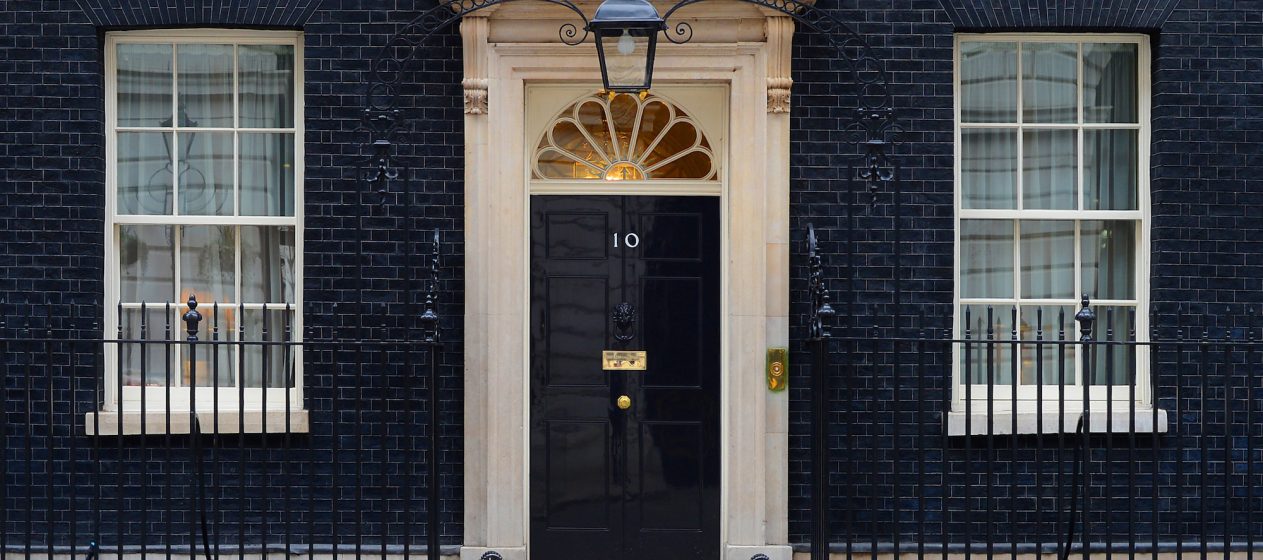Reshuffles are a chance to revive the fortunes of a Prime Minister by changing the faces of their Cabinet and Government. January’s offered much but delivered less; the occupants of key Cabinet positions remained in place after all. May’s big beasts stood their ground, seemingly immovable; Justine Greening was the most prominent and the only woman to exit the Cabinet. The optics of Theresa May’s reshuffle became, at this point, about increasing diversity. But this neither told the real diversity story of the reshuffle, nor made an adequate case for diversity in the executive. Increasing diversity in their Cabinets appears to be of increasing importance to leaders and has been shown to have beneficial impacts on both policy outcomes and political participation. However, Theresa May missed her chance to make a lasting impact on diversity at the highest echelons of British government.
The PR
Theresa May overtly framed her reshuffle around the appeal of increasing diversity in her refreshed administration. The image that captured this most explicitly was Theresa May surrounded by an all-female group of government whips. It was tweeted by No. 10, and the Prime Minister stated she wanted a government that “looks more like the country it serves”.
These optics are familiar. Remember the ‘Downing Street catwalk’ in 2014 when David Cameron said he had created a Cabinet that “looked like modern Britain”? Such repeated imagery shows how gender – i.e. women – is now a salient representational criterion in choosing Cabinets; descriptively in terms of the numbers of women; and symbolically, for what it ‘says’ about the Prime Minister, the Government, and the party of government. This is not unique to the UK. Both Trudeau and Macron have made headlines in recent years with their gender parity Cabinets. It suggests that increasing the number of women in Cabinets is regarded as beneficial by political leaders. And rightly so. There is a strong and positive symbolic impact of having more women, at least in the initial post-election Cabinet. It can ‘stand for’ a feminist, modern, and ‘in touch’ Prime Minister. A higher proportion of women in Cabinet has also been found to increase women’s conventional political participation – and this effect is stronger than the effect of more women in Parliament.
That said, increasing the numbers of women in government (as in the parliament) does not go uncontested. Positive optics around diversity can lead to a backlash. If the new ‘women Whips’ was the positive image, the negative one was the Daily Mail’s front page decrying the ‘massacre of the middle-aged men.’
If the merit argument has little basis for understanding Cabinet appointments, the ‘demise of the middle-aged man’ was also massively overstated. It was a misrepresentation: it simply didn’t happen. The May optics around diversity do not translate into reality, nor did we end up with a government that “looks more like the country it serves.” After January’s reshuffle, the number of female Cabinet ministers remained the same at six out of 23, although two more women now sit at the Cabinet table (an increase from 8 to 10). At 26% we are far from achieving a gender parity Cabinet as they have in countries like France, Canada, Spain, and Chile. May’s Cabinet is little different from David Cameron’s 2014 reshuffle, when only five out of 17 Tory Cabinet members were women, just shy of his promise of one third of Conservative Cabinet ministers being women.
If we broaden out to the government overall, there is some evidence of positive gender change: the number of women jumped from 19 to 38, out of a total of 120. But as The Times showed this is no more diverse than Gordon Brown’s was when he reshuffled his government 10 years ago. Women now make up 32% of May’s government, compared to 34% of Brown’s; however, Brown’s included seven BME ministers whereas May’s has increased BME representation from five to nine.
Had there been a massacre of white middle-aged men, as the Daily Mail suggested, May could have instigated a step change in British politics at Westminster. Karen Beckwith, Susan Franschet, and Claire Annesley in their research on gender and cabinets have found an informal ‘concrete floor.’ To avoid criticism, succeeding prime ministers or presidents match or surpass the number of women appointed by their successor thus creating a ‘concrete floor’ of a minimum number of women in Cabinet. And these floors are not always set by leftist parties. So, had Theresa May followed through on her rhetoric and appointed a more diverse Cabinet she might have been able to effect change beyond her own administration. Her appointment of junior women does suggest the potential to have some ‘floor’ effect. But this will require a certain steadfastness in the face of the expected backlash from the dinosaurs in British politics and the media.
This article was originally featured on February, 11th on the OUPblog. Jessica Steinberg is the author of the article “Politics and Parenthood: An Examination of UK Party Leadership Elections” published in Parliamentary Affairs.







